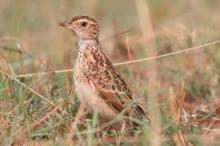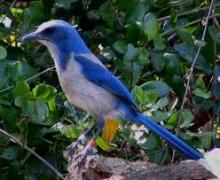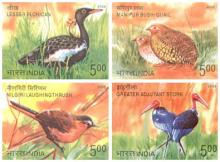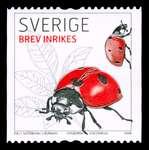California Department of Pesticide Regulation Reevaluates Nitroguanidine Insecticide Class of Neonicotinoids
California regulations require the Department of Pesticide Regulation (DPR) to investigate reports of possible adverse effects to people or the environment resulting from the use of pesticides. If a significant adverse impact occurred or is likely to occur, the regulations require DPR to reevaluate the registration of the pesticide. In February of 2009, DPR placed certain pesticide products within the nitroguanidine insecticide class of neonicotinoids containing the active ingredients imidacloprid, clothianidin, dinotefuran, and thiamethoxam into reevaluation. This reevaluation is based on an adverse effects disclosure regarding the active ingredient imidacloprid. The disclosure included twelve ornamental plant residue studies and two combination residue, honey, and bumble bee studies of imidacloprid use on a number of ornamental plants. DPR’s evaluation of the data noted two critical findings: (1) high levels of imidacloprid in leaves and in blossoms of treated plants, and (2) increases in residue levels over time. Data indicate that use of imidacloprid on an annual basis may be additive, in that significant residues from the previous use season appear to be available to the treated plant.










